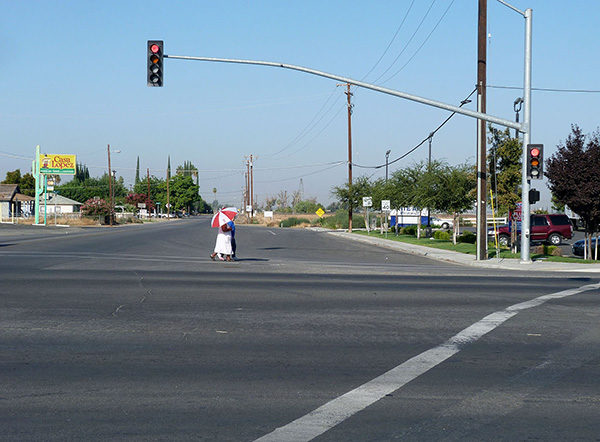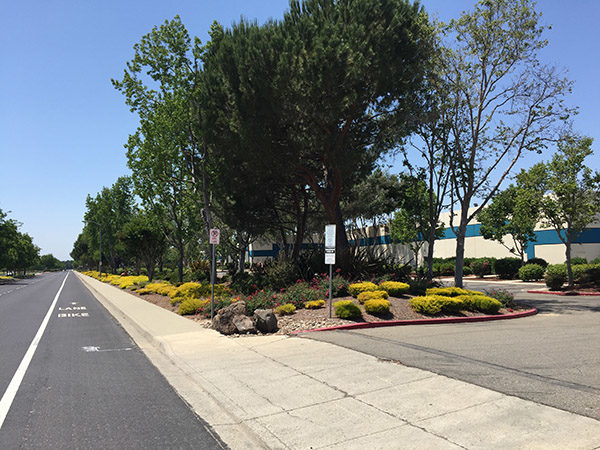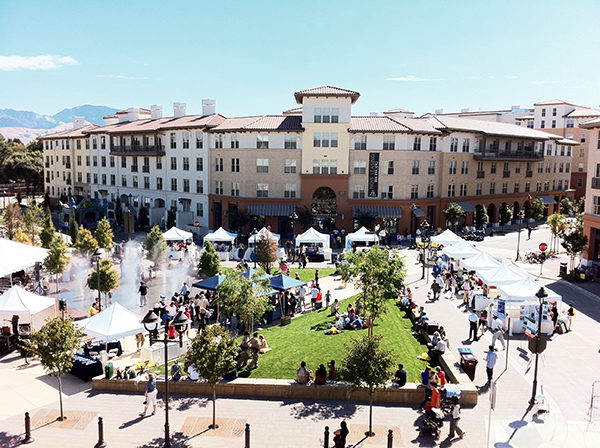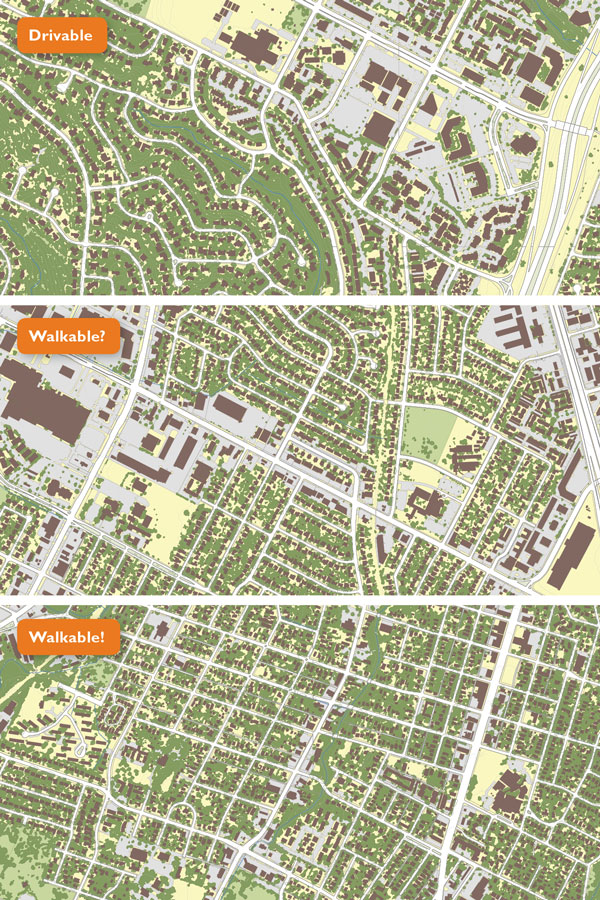When you first think about walkability, you may think of a bustling street, filled with interesting stores and people ambling to and fro. You may also think of an old neighborhood you used to live in, where the walk to the corner bodega was just a nice thing to do. Or you may think of a tree-lined trail, with interesting vistas to see, greenery to explore, and people meandering about, enjoying a sunny day.
We’ve found there are lots of ways to define and think about walkability when it comes to envisioning the future. Some call out the principles necessary to embrace when making places. Others rely on data to help define walkable places or achieve walkability goals. As designers of places, we find these approaches useful because they keep our own two legs at the forefront of the discussion about what we want our neighborhoods, towns, and cities to be.
Nevertheless, we recognize that not all approaches provide the same results. For us, nice places define walkability. While some say nice places are simply good to have, we say they’re critical. In nice places, walking isn’t a challenge—it just happens. Activity, vibrancy, and beauty make walking the logical choice to get around.
To understand more about what makes people want to walk, let’s take a look at a few places.

Drivable Places
Auto-Oriented—a.k.a. “Drivable”—suburban places prioritize driving as a means of transport and reflect this in their built form. As Opticos Senior Associate Tony Perez says, “Sure, you could walk or bike. But the context isn’t really set up for it. It’s set up for driving because these environments are focused on the separation of different things and uses.” Typically, to support auto use, these contexts are full of driveways, wide roads, and vast parking lots. In many cases, these physical traits translate to a lack of character, street life, and activity.
Furthermore, drivable places can create equity concerns because those without cars can have difficulty getting around within—or even getting to—areas designed for driving. As urban designers, we typically ask if it’s fair to everyone to create places set up for only some to use. Typically, we answer “no,” and thus we look to create walkable places for the rich character and appeal they offer all residents and people within the community.

Walkable Places?
Sometimes, we come across places that are a little better for walking, but often lack a sense of invitingness, character, or a reason to go there in the first place. Exactly what is missing can depend. Sometimes there may be a sidewalk and even a “nice” environment, but it may be lacking a “there.” There may be a walkable streetscape, complete with landscaping, sidewalks, and other things that make walking nice, but the built environment doesn’t match. Or there may be a wide bike lane, but high auto speeds may discourage the average person and children from biking.
Other, transitional places can have walkable buildings—complete with frontages, ways for people to access the street, and so forth—but the streetscape may not match. There may be excessively wide roads, narrow sidewalks, or a hodgepodge of poles and fixtures in the sidewalk, for example. Once again, people could walk there—and the place may even be intended for this to happen—but people may not because they don’t feel safe, welcome, or like it’s worth their time to do so.
Other transitional contexts can be simply “patchy”—there may be parts that feel walkable but, on the whole, the place just doesn’t have a draw.

Walkable Places!
Finally, we get to the holy grail of placemaking: a real, walkable place. Walkable places have the complete package: buildings with consistent and inviting frontages and access to the street, streetscapes with wide sidewalks and landscaping, ample gathering space, and inviting physical character. And, of course, there is that one great intangible—the sense of “there,” of vigor and of livelihood that draws people in and makes them keep coming—or, to be clear, walking—back. These places can be at the center of the city or at the fringe. They can be large or small in scale. And they are distinct from “lifestyle” centers, which are often appealing and fun but usually require a car to get to. Plain and simple, walking in these places is a nice—and natural thing—to do.
To us, that’s walkability.
